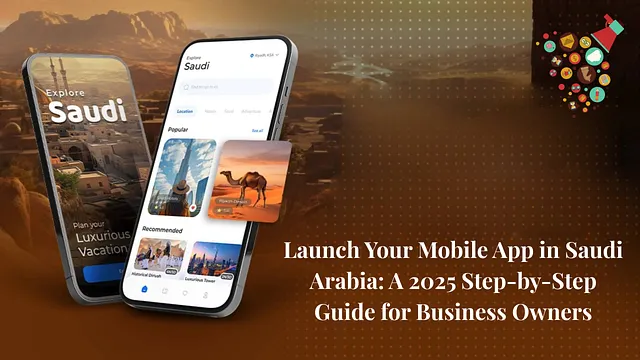Bitcoin ETFs dominate inflows with $146B AUM, reinforcing BTC’s 59% market share
Bitcoin exchange-traded funds (ETFs) have maintained a lead over Ethereum ETFs in terms of capital inflows. The lead has reinforced Bitcoin’s dominance across the crypto landscape with roughly 59% over Ethereums 12%.
Despite steady interest from institutional investors in Ethereum assets, Bitcoin continues to receive more inflows into its ETF products, currently leading with over $146 billion in total net assets, compared to Ethereum’s approximately $25 billion in total net assets.
BTC market dominance stands at 59% as it leads in ETF inflows
Following weeks of solid inflows from the beginning of this month, which saw Bitcoin Spot ETFs record up to $197.8 million in cumulative net inflows on October 9, the U.S. Spot Bitcoin ETF has recorded a net outflow of $101.29 million today. Still, the cumulative net inflow remains positive, with $61.87 billion as of today, based on SoSoValue data.
 Source: CoinMarketCap; Bitcoin dominance over time
Source: CoinMarketCap; Bitcoin dominance over time
Bitcoin’s dominance has been reinforced this year, with over 59.3% of the market share today, compared to 12.6% for Ethereum and 28.1% for the rest of the cryptocurrencies. Bitcoin briefly lost its dominance to the rest of the crypto markets in 2018 and 2022, when it faced bearish moments, shedding its dominance to an average of 35% during both periods.
BTC has, however, peaked ever since the bearish momentum in 2022, reaching new all-time highs. Currently, BTC is up 1.43% at $109,603.90 at the time of publication, with trading volumes exceeding $64 billion and a market cap of $2.18 trillion, reflecting continued institutional engagement.
BlackRock’s iShares Bitcoin Trust leads in inflows today with $73.63 million, pushing its dominance against Fidelity’s FBTC and Grayscale’s GBTC ETFs. Fidelity Wise Origin Bitcoin Fund (FBTC) has recorded a net outflow of $56.56 million today, alongside Grayscale’s GBTC, which has a net outflow of $56.63 million. However, the cumulative net inflow for U.S. BTC ETFs remains positive at $61.87 billion.
The strong momentum across BTC ETFs and its dominance comes as the token trades near all-time highs realized at the beginning of this month at $126,198.07, according to CoinMarketCap data.
Institutional flows pivot to Bitcoin after brief Ethereum ETF surge in July
Ethereum ETFs briefly matched BTC inflows in July, but that trend has already shifted towards BTC. In July, Ethereum ETFs recorded more than $1.8 billion in inflows in a single week compared to BTC’s $70 million during the same period. CryptoRank analysis reveals that spot Ethereum ETFs recorded a combined $15 billion in net inflows, compared to roughly $40 billion for BTC, between April 2024 and October 2025.
 Source: CryptoRank; Combined cumulative inflows for ETH and BTC since April 2024
Source: CryptoRank; Combined cumulative inflows for ETH and BTC since April 2024
U.S. Spot Ethereum ETFs recorded a daily net outflow of 18.77 million today based on SoSoValue data. Still, the cumulative total net inflow remains positive at $14.57 billion, which is relatively low compared to BTC’s $61.87 billion. BlackRock’s iShares Ethereum Trust (ETHA) is the only fund that recorded positive flows, adding $110.71 million, compared to the other two dominant ETFs. Grayscale’s ETHE recorded an outflow of $33.46 million while Fidelity’s FETH saw $49.46 million leave the trust fund.
The momentum in August saw Ethereum ETFs rise, with total net assets increasing to $29.9 billion, and daily trading volumes surging to $41 billion. The total net asset has, however, reduced this month to $25.81 billion. Based on Farside data, the trend ended around October 9 when Ethereum ETFs began to experience consecutive outflows, signaling a near-term cooling in investor activity.
At the time of publication, Ethereum was trading at $3,867.46, representing a 7.71% drop over the past month anda 2.5% drop this week. Despite the drop, the token remains an actively traded cryptocurrency, with $41.79 billion in trading volumes over the past 24 hours and a 12.6% market dominance.
Get seen where it counts. Advertise in Cryptopolitan Research and reach crypto’s sharpest investors and builders.
You May Also Like

Gold Hits $3,700 as Sprott’s Wong Says Dollar’s Store-of-Value Crown May Slip

From Idea to App Store: The Complete Guide to Mobile App Development in Saudi Arabia
